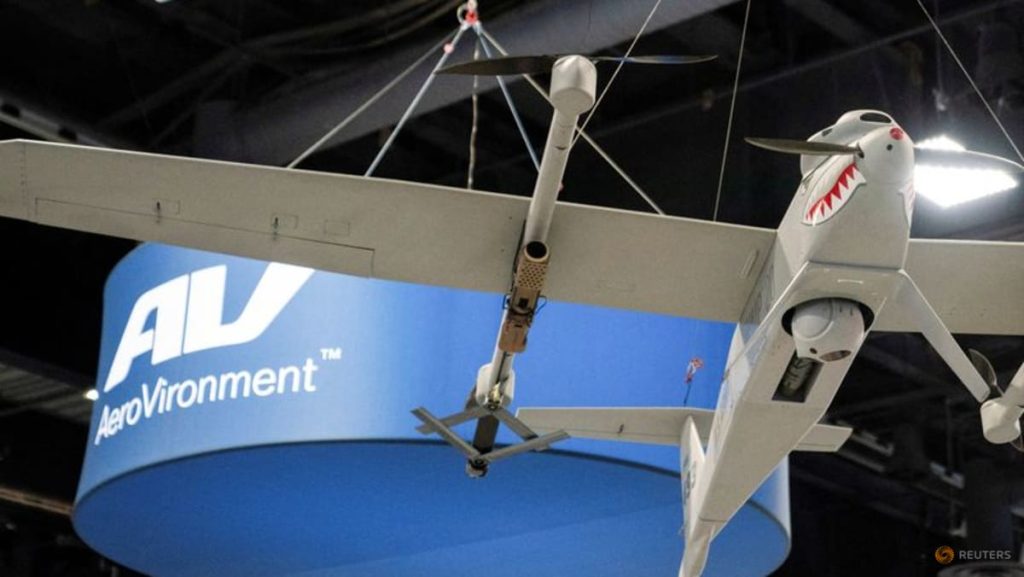Smaller U.S. defense firms have emerged as standout performers on Wall Street this year, fueled by surging demand for low-cost, next-generation military tech tailored for modern warfare and the Pentagon’s pivot toward agile and adaptable combat systems.
Wars in Ukraine and Gaza have spurred a rise in military spending across the globe, lifting defense stocks and drawing investors to smaller firms specializing in AI-powered drones and unmanned vehicles that are cheap, easily deployable and help cut dependence on ground troops.
“The winners in this new market will be those companies leaning into the change and investing in low-cost, upgradable, and software-enabled weapon systems,” said Jon Siegmann, managing director covering the aerospace and defense industry at Stifel.
The NYSE Arca Defense Index has gained about 34 per cent this year, outpacing the S&P 500’s 12 per cent rise.
Seven of the top 10 gainers on the defense index so far in 2025 are mid- to small-cap companies, with drone makers Kratos Defense and AeroVironment, components maker Astronics and defense tech firm Mercury Systems leading the pack.
Legacy operators have also climbed this year, driven by a broader influx into the sector. RTX has risen about 37 per cent, while Northrop Grumman is up 23 per cent.
“This administration has been very clear on the need for our warfighters to get the equipment they need at a much faster pace. You’ve seen that stated repeatedly by Secretary of Defense (Pete) Hegseth and in procurement processes,” said Church Hutton, chief growth officer at AeroVironment.
U.S. President Donald Trump has ordered the Department of Defense to rename itself as the Department of War, a change that will require action by Congress. He has also sought more high-tech missiles and drones in his fiscal year 2026 budget request of $892.6 billion, while cutting ships and fighter jets.
The Pentagon’s budget earmarks nearly $6 billion for unmanned aircraft systems and counter-drone technology, a 78 per cent jump from last year, according to TD Cowen.
“These trends are predictable because you need to pay attention to what the government is saying — and more importantly, follow the money,” said Richard Safran, senior analyst of aerospace & defense, Seaport Research Partners.
U.S. aerospace and defense M&A volume has also risen in 2025, even as deal value slowed, pointing to a shift toward small-sized transactions.
Only one of the 56 acquisitions of U.S. targets this year through September 15 exceeded $12 billion in value, Mergermarket data showed.
“Global A&D M&A has been aided by a drive to adapt to the modern battlefield,” Mergermarket’s head Lucinda Guthrie said. “The majors are looking to acquire cross sector to boost communications, cybersecurity and even AI capabilities.”
One such example is Lockheed Martin’s $360 million acquisition of Amentum’s Rapid Solutions unit this year to expand radar capabilities.
Venture capital, too, is pouring in.
“The demand signal we’re seeing is for tens of thousands of lower-cost munitions systems and unmanned systems,” said Lukas Czinger, CEO of Divergent Technologies, a startup that 3D-prints components for Lockheed, Raytheon and smaller peers.
Startup funding in aerospace and defense hit its highest in at least a decade at $14.17 billion, as of August 9, PitchBook data showed.


